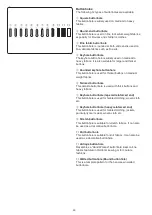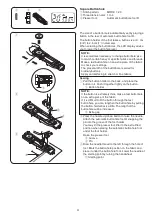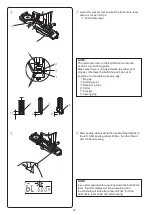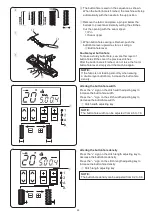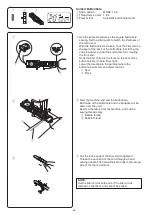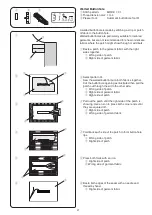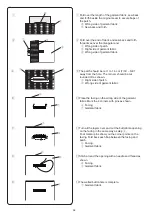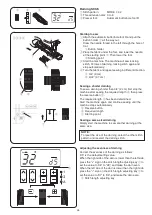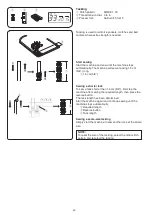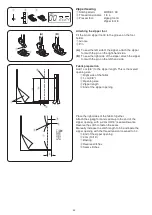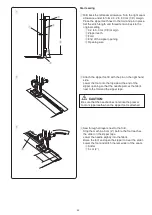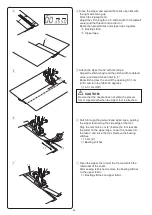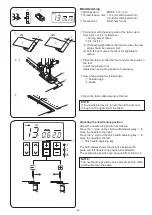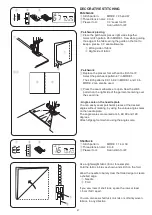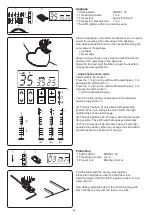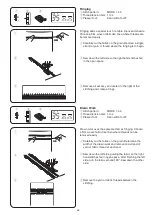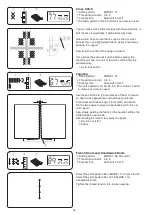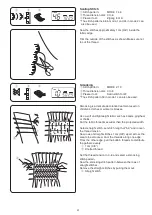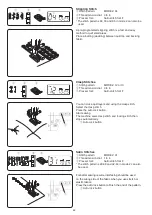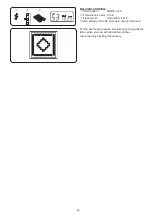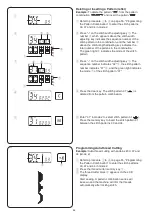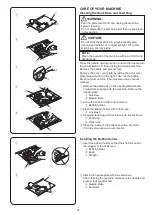
44
v
Close the zipper and spread the fabric open flat with
the right side facing up.
Attach the Zigzag foot A.
Adjust the stitch length to 5.0, stitch width to 3.5 (default
value) and the thread tension dial to 1.
Baste the opened fabric and zipper tape together.
i
Basting stitch
o
Zipper tape
i
o
v
b
n
m
b
Attach the zipper foot E with the left pin.
Adjust the stitch length and the stitch width to default
value, and thread tension dial to “4”.
Backstitch across the end of the opening 0.7-1 cm
(3/8˝) and turn the fabric 90 degrees.
!0
0.7-1 cm (3/8˝)
CAUTION:
Be sure that the needle does not strike the presser
foot or zipper teeth when the zipper foot is attached.
n
Stitch through the garment and zipper tape, guiding
the zipper teeth along the side edge of the foot.
Stop the machine 5 cm (2˝) before the foot reaches
the slider on the zipper tape. Lower the needle into
the fabric, and raise the foot. Remove the basting
stitches.
!1
5 cm (2˝)
!2
Basting stitches
!2
!1
!0
!3
m
Open the zipper, then lower the foot and stitch the
remainder of the seam.
After sewing is finished, remove the basting stitches
on the upper fabric.
!3
Basting stitches on upper fabric
Summary of Contents for DM7200
Page 1: ...Instruction Book ...
Page 2: ......
Page 64: ...62 Stitch Chart MODE 1 MODE 2 ...
Page 65: ...63 Stitch Chart MODE A MODE Á ...
Page 66: ......
Page 67: ......
Page 68: ...812 800 021 EN ...

